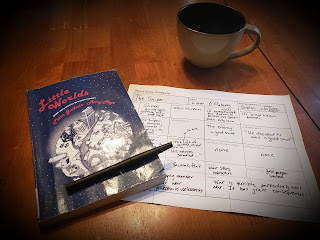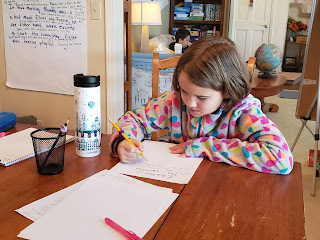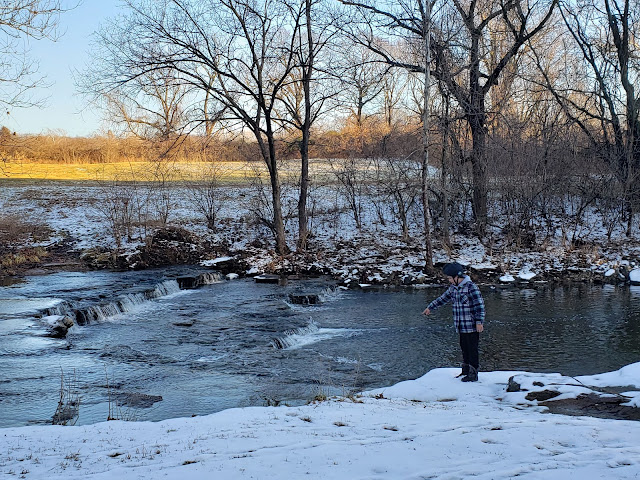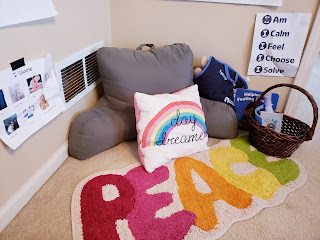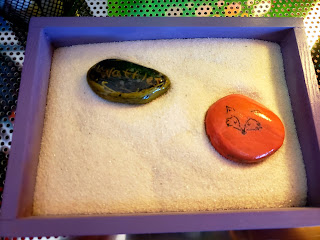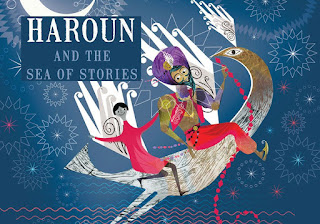Growing Writers and The Writing Process
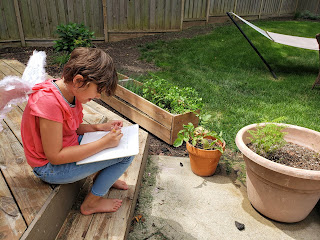
One of the questions I am most often asked by other homeschooling parents is how I teach writing, especially academic writing. I plan to write several blog posts this year focused on the teaching of writing in the home school as well as provide very specific lessons and units of study to anyone who would like to explore them. Before I could encouraged my children to engage in academic writing, it was clear to me they both needed a “palate cleanser” first. For the process we took to develop that comfort with writing and about how we use the Workshop Model in our home school, see Growing Writers. So, how does teaching the writing process fit into this gentle approach to growing writers? Direct Teaching Teaching children how to write is not the same as assigning writing. Children need us adults to explain how the writing process works and show them how to do each step; so during the mini-lesson portion of our literacy studio workshop, I carve out specific lessons to teach brainstormi
